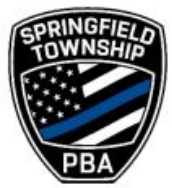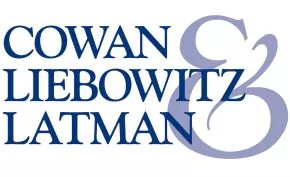In Springfield Township, 15 miles from Philadelphia, some police organizations and their members began to display the flag, which the court defined as Thin Blue Line American Flag (the "Flag") in various ways, including as part of the Police Benevolent Association's logo.

The Township objected and quickly adopted a resolution in prohibiting in part:
the publicly visible display or use of any image which depicts the Thin Blue Line American Flag symbol by any Township employee, agent, or consultant.
Two Township police organizations and three police officers, fearing punitive action against them, sued the Township and its officers in the U.S. District Court for the Eastern District of Pennsylvania. They asked the Court to have this resolution declared to be an unconstitutional restriction on employee speech under the First Amendment.
In a 36-page opinion, the Court held that the Township's resolution was a viewpoint regulation. As such, in order to have the Township's resolution upheld, the Court placed the burden on the Township to show that (1) the necessary impact on the actual operation of the Government was a real, not conjectural, harm, and (2) the ban, as applied, addressed that harm in a direct and material way.
The Court held that the Township had not satisfied either prong. There was no evidence of workplace disruption caused by the display of the Flag, and no evidence of the disruption of community relations aside from a handful of complaints.
Although the Court found it undeniable that the Flag has racist undertones to certain members of the community, the Court stated that the First Amendment protects speech even when it is considered offensive.
Accordingly, the Court issued a summary judgment striking down the Township's resolution and barring the Township from enforcing it.
Whatever one thinks about this decision and the issues it raises regarding freedom of speech and the proper display of the U.S. flag, on this Flag Day, we hope the unmodified U.S. flag will continue to represent a nation where immigrants are welcomed, diversity is celebrated, and there is freedom and justice for all.
Pennsylvania State Lodge Fraternal Order of Police v. Township of Springfield, Civil Action No. 23-332-KSM (E.D.P.A. November 13, 2023).
The content of this article is intended to provide a general guide to the subject matter. Specialist advice should be sought about your specific circumstances.
We operate a free-to-view policy, asking only that you register in order to read all of our content. Please login or register to view the rest of this article.


